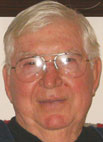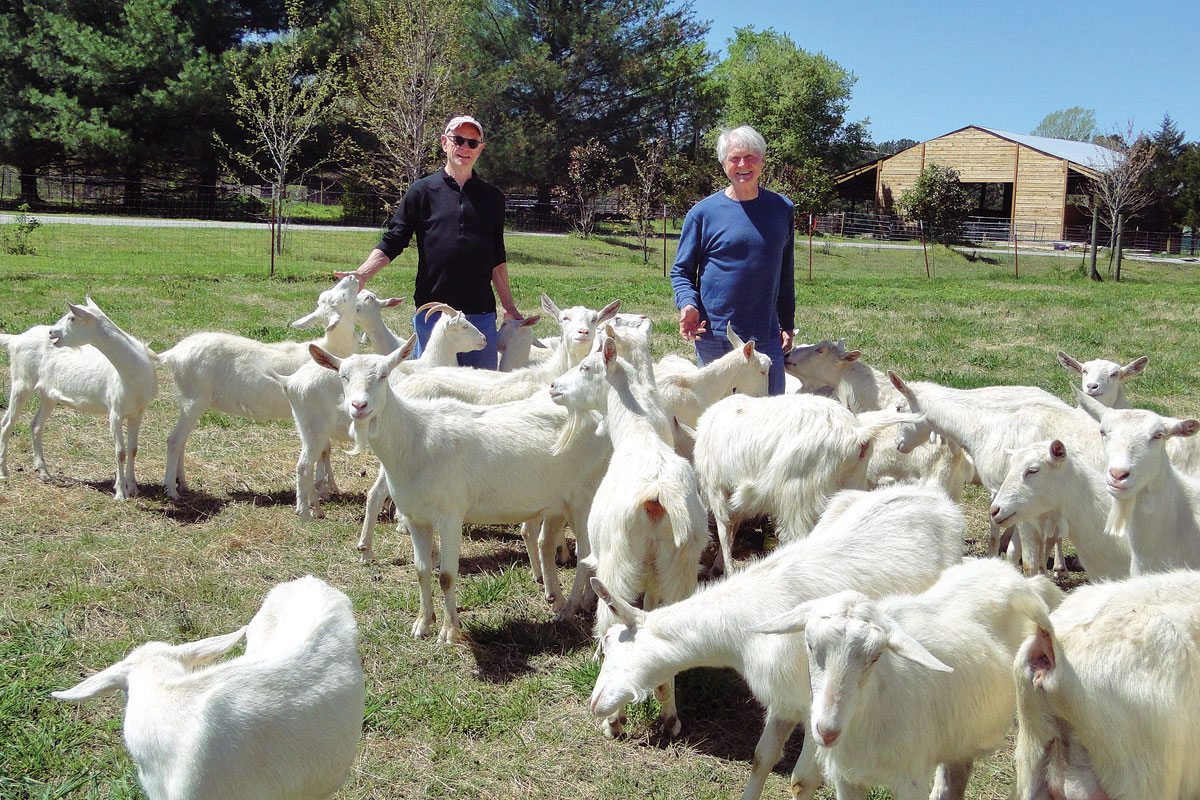
Having once lived on a farm, when Bob and Joyce Stewart decided in 1987 to move back to Arkansas from Missouri, the decision to come back and go into the cattle business was not hard for them. His parents, John and Unia Stewart bought the family land near Timbo, Ark., in the mid-1940s.
“We lived with Mom for a while,” Bob said, “when we first came back, and built our own house here on the home-place next door to her.”
“I grew up in the country,” Joyce said. “Counting me, there were seven children in my family. We didn’t have cattle, but we had a milk cow and a work horse that Daddy plowed the garden with. Mama raised a big garden and canned stuff for the winter.”
When they first moved back to Arkansas, they raised commercial cattle for a while. “We went to Clinton one Saturday,” Joyce said, “To a registered Limousin cattle sale, Bob wanted to watch them sell, and that’s how we got into the Limousin business. We bought our first registered Limousin that day. We liked them; they were the lean beef, and a popular breed.”
“Some people were having a sell-out,” Bob said, “and they brought their cattle to the sale barn.”
Since then they have increased their herd. At the present time they have 26 momma cows, eight calves, 10 yearling bulls, and one herd bull. They just sold five heifers. Most of their sales are from advertisements or word of mouth, and they prefer to sell by private treaty. Joyce also has two show calves she raised that are right at a year old.
“Most of our cows are AI bred,” Joyce said. “But, then you need a clean-up bull, even with AI. We get our semen from Grassroots Genetics, from bulls with good numbers for growth, milk and low birth weights. Merlin Bontrager does our AI, and he goes out of his way to help in other ways, a good neighbor. We buy our liquid feed from him.”
Joyce is one of the founding members of the Arkansas Limousin Breeders Association; both she and Bob are still members of ALBA. They do not breed the Lim-flex hybrid, but keep their breeding program purebred Limousin.
Producing seedstock costs more in time and money than it does to produce commercial cattle. A relatively small number of cattle businesses are devoted to seedstock production, but the Stewarts believe this small segment has a large impact on the overall industry.
“Goldie is the first registered Limousin cow I bought,” Joyce said. “That’s not her registered name, but she’s a yellow cow and that’s what I’ve always called her. She was a year old when I got her, and she’s 18 years old now. She’s paid for herself time and time again.”
Joyce keeps a meticulous record of registration and performance of their animals and maintains the integrity of the information, which sets the genetic trends of their cowherds. She believes, as a seedstock producer, she has some responsibility to provide the genetic material that will allow the beef industry to produce an ever-improving product for today’s consumers.







